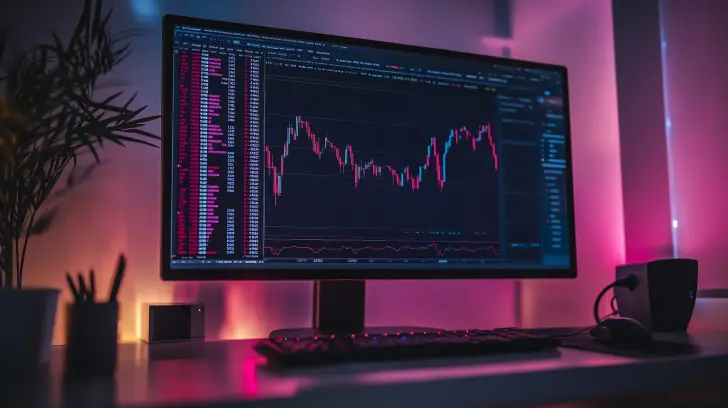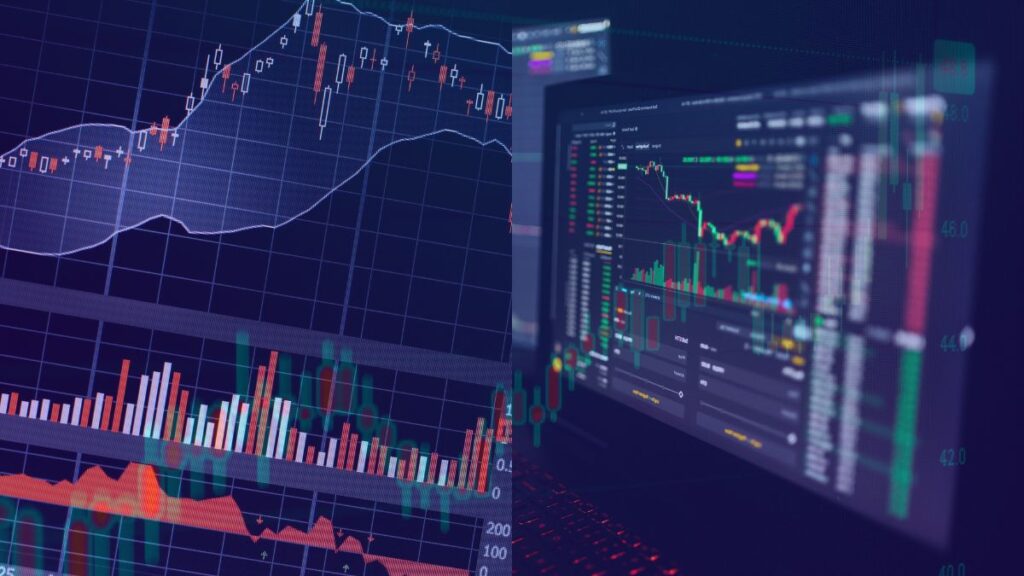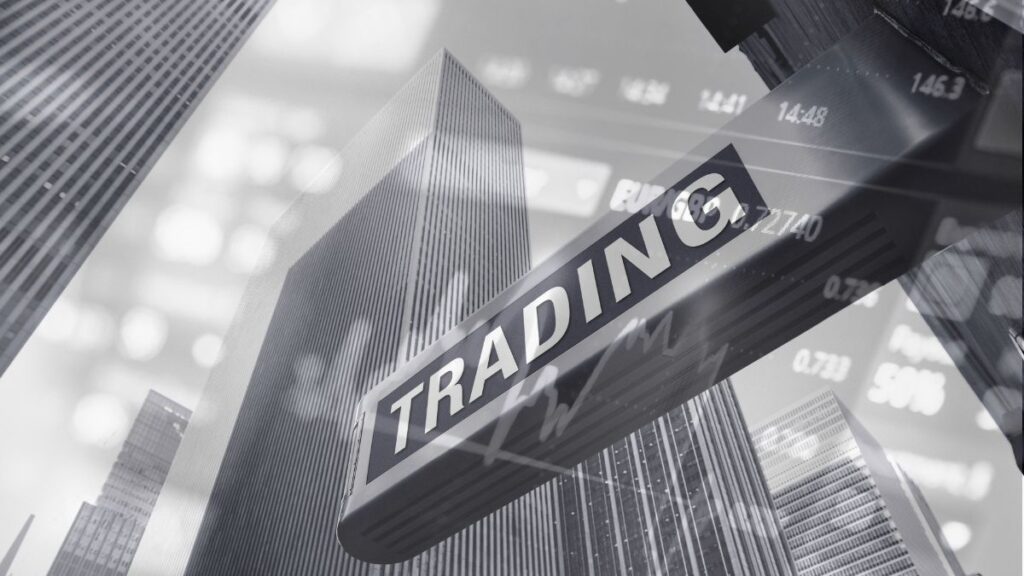Proprietary trading firms provide traders with the opportunity to trade larger capital without risking their own funds. However, these prop firms have strict rules in place to protect both the trader and the firm from significant losses. One of the most important rules is the drawdown limitation, which varies across firms.
If you’re searching for a prop firm with the largest drawdown in 2025, understanding these limits becomes even more crucial. Drawdown limits act as a safeguard, ensuring that traders maintain a controlled level of risk while executing their strategies. Knowing which firms offer the most flexibility can help traders choose the right platform that aligns with their trading style and risk tolerance.
Comparison of Prop Firms with the Largest Drawdown Limits
Different prop trading firms have their own specific drawdown limitations, which can vary by the type of evaluation and funding model they offer. Below is a detailed comparison of prop firm drawdown limits across various firms, randomly organized for diversity:
| Prop Firm Name | Evaluation Type | Daily Drawdown Limit | Total Drawdown Limit | Trailing Drawdown |
|---|---|---|---|---|
| FundYourFX | Two-step Evaluation | No | 10% | No |
| FundedNext | Express Program | 5% | 10% | No |
| E8 Markets | One-step Evaluation | 4% | 8% (Scalable up to 14%) | Yes |
| Alpha Capital Group | Two-step Evaluation | 5% | 10% | No |
| The5%ers | High Stakes Program | 5% | 10% | Yes |
| FTUK | Instant Funding | 4% | 6% | Yes |
| Lux Trading Firm | Funded Account | 4% | 5% | No |
| Crypto Fund Trader | One-step Evaluation | 3% | 6% | Yes |
| FunderPro | Two-step Evaluation | 5% | 10% | No |
| FTMO | Two-step Evaluation | 5% | 10% | No |
| Direct Funded Trader | Instant Funding | 4% | 7% | Yes |
| PipFarm | Lightning Evaluation | 3% | 12% | Yes |
| RebelsFunding | One-step Evaluation | 4% | 6% | Yes |
| SabioTrade | One-step Evaluation | 3% | 6% | Yes |
| Top One Trader | Two-step Evaluation | 5% | 10% | Yes |
| Fintokei | Start Trader Program | 5% | 10% | No |
| Smart Prop Trader | Standard Challenge | 4% | 8% | Yes |
| The Trading Pit | Instant Funding | 3% | 7% | Yes |
| Elite Guardian | Three-step Evaluation | 4% | 8% | No |
| Funded Trading Plus | Advanced Trader Program | 5% | 10% | Yes |
Types of Drawdown Limitations
When participating in a proprietary trading firm’s funding program, traders are typically required to follow specific drawdown rules. These limitations are set to minimize risk and ensure disciplined trading. There are three common types of drawdown limitations that prop firms enforce:
Daily Drawdown
This limitation sets the maximum amount a trader can lose in a single day. Once the daily drawdown limit is breached, the trader’s account is typically closed or the evaluation is failed. For instance, if a trader has a $100,000 account with a 5% daily drawdown, they can lose a maximum of $5,000 in one day. Exceeding this limit will result in the termination of their funded account or evaluation.
Overall Drawdown
Overall drawdown refers to the total amount a trader can lose during the entire evaluation or trading period. Unlike daily drawdown, this limit applies to the account’s total balance rather than daily performance. For example, an overall drawdown limit of 10% on a $100,000 account would allow for a maximum loss of $10,000. Breaching this limit leads to disqualification from the program.
Trailing Drawdown
Trailing drawdown is a dynamic rule that adjusts as the trader’s account balance increases. It follows the highest equity peak the trader reaches and is calculated based on the balance from that point. For instance, if the trailing drawdown is 6% and the account reaches a peak of $120,000, the drawdown would trail behind at $112,800. If the account balance drops below this trailing point, the trader could lose their account.
Each type of drawdown limitation enforces discipline and risk management, with some firms offering more lenient limits, while others enforce stricter rules. Understanding these drawdown types is crucial for choosing a prop firm that aligns with your trading style.
Key Terms and Phrases Used by Prop Firms
Different proprietary trading firms may use various terms to describe similar drawdown rules, which can lead to confusion among traders. It’s important to understand the specific terminology used by each firm to avoid misinterpretation and potential account violations. Here are some common terms and phrases related to drawdown limitations that you’ll encounter across prop firms:
Max Daily Loss
This term refers to the maximum amount a trader is allowed to lose in a single trading day. It’s a fixed percentage or dollar amount, and breaching this limit typically results in immediate disqualification. Some firms also call this a “daily stop-out” or “daily limit.”
Max Overall Loss
Also known as the “total drawdown” or “account drawdown,” this term defines the maximum amount a trader can lose over the entire evaluation or trading period. Exceeding this limit, even if it happens gradually, will lead to account closure or evaluation failure.
Trailing Drawdown
This dynamic rule follows the highest equity point a trader reaches. As your account grows, the trailing drawdown moves up with it, but it will never move downward. This rule is sometimes referred to as “equity trailing” or “trailing stop loss” in various firms.
Hard vs. Soft Breach
Some firms differentiate between a “hard breach” and a “soft breach” of drawdown limits. A hard breach means the account is closed immediately after the limit is hit, while a soft breach allows the trader to continue but with penalties or restrictions, such as a reduced account size.
Maximum Trailing Drawdown
This is a common term used when a prop firm sets a trailing drawdown limit that follows your account balance. For example, if your account reaches $150,000 and the maximum trailing drawdown is 6%, your allowable loss will trail behind the highest balance, locking in your gains while limiting the downside.
Static Drawdown vs. Dynamic Drawdown
Static drawdown remains constant regardless of the account’s growth, meaning the maximum loss limit is set at the beginning and doesn’t change. In contrast, dynamic drawdown adjusts based on the account’s equity growth, making it a more flexible but stricter rule to follow.
Equity Drawdown vs. Balance Drawdown
Some firms measure drawdown based on equity, which includes unrealized profits or losses, while others use balance, which only reflects closed trades. Knowing the difference is crucial, as equity drawdown can lead to account closure even when trades are still open and fluctuating.
Each proprietary firm may present these rules slightly differently, so it’s always important to thoroughly read and understand the specific terminology used by the firm you choose to work with. This helps avoid potential misunderstandings and ensures that you stay within the firm’s risk management guidelines.
How to Choose the Right Prop Firm Based on Drawdown Rules
Choosing the right prop firm with the largest drawdown is an important decision for traders looking to manage risk effectively. Here are key factors to consider when evaluating prop firms based on their drawdown rules:
1. Understand Your Trading Style
Before selecting a prop firm, assess your trading style. Are you a more aggressive trader who might benefit from a larger overall drawdown limit, or do you prefer conservative trading with strict discipline on daily losses? If you lean towards high-risk, high-reward strategies, opt for a firm that offers a higher overall drawdown, such as Finotive Funding with a 16% limit. For more disciplined traders, firms with moderate limits, like FundedNext with 10%, may be more suitable.
2. Evaluate Daily vs. Overall Drawdown Limits
Different prop firms have varying approaches to drawdown limits. Some may offer generous overall drawdowns but impose stricter daily limits. If you prefer more flexibility on a day-to-day basis, prioritize firms with higher daily limits, such as Alpha Capital Group with a 5% daily drawdown. For traders focused on long-term equity growth, choosing a firm like PipFarm, which has scalable overall drawdown options, could be beneficial.
3. Trailing Drawdown: Is It Right for You?
Trailing drawdowns can be both a benefit and a challenge. If you’re looking for a dynamic risk control method, where the limit follows your account’s highest balance, opt for firms like The5%ers or Goat Funded Trader, which offer trailing drawdowns. However, if you find this rule too restrictive, you may want to consider firms that don’t use this method, like FTMO.
4. Consider Scalability
If your goal is to grow your trading account quickly, check if the prop firm offers scalable drawdown limits. Firms like PipFarm offer drawdowns that scale with account growth, allowing you to take on more risk as your trading capital increases. This feature is ideal for traders who seek higher growth potential without being constrained by static drawdown limits.
5. Firm’s Flexibility During Evaluations
Some prop firms are more lenient with drawdown rules during evaluations. If you’re new to proprietary trading, choosing a firm with flexible evaluation processes and forgiving drawdown limits, like MyFundedFX, might be beneficial. Firms with strict evaluation criteria may not be the best fit for beginners.
6. Long-Term Profit Potential
For traders looking to maximize long-term profitability, choosing a prop firm with the largest drawdown can provide more breathing room to handle market volatility and unexpected losses. Firms like Finotive Funding and Goat Funded Trader offer larger overall drawdowns, which can be a crucial advantage in staying in the game longer during challenging market conditions.
By carefully considering your trading style, evaluating both daily and overall drawdown limits, and understanding the nuances of trailing versus static drawdowns, you can select the prop firm with the largest drawdown that best aligns with your risk tolerance and trading goals.
Conclusion
Choosing the right prop firm with the largest drawdown is a crucial step for traders looking to balance risk and reward. Firms that offer more generous drawdown limits provide greater flexibility, allowing traders to navigate market fluctuations with less pressure. However, it’s essential to consider not just the size of the drawdown limit, but also how it fits with your trading style, risk tolerance, and long-term goals.
Larger drawdown limits allow more room to recover from losses, but it’s essential to align the firm’s rules with your personal trading strategy and risk tolerance. By focusing on drawdown limits that suit your approach, you can find a prop firm that helps you trade confidently while maintaining control over your risk.






